Purposes and methods of pruning spruce and pine
Cultivation of conifers implies constant care for their health and beauty. Pruning pine and spruce is a useful operation that has a positive effect on the condition of the tree.
Why cut pine and spruce?
There are several types of pruning of popular conifers.
- Sanitary pruning.
This is the most common way to help the plant. Broken, weak and damaged branches are removed regularly. They pose a danger to the plant itself, as they sometimes cause fungal diseases. Such branches can come off and damage the surrounding objects or people nearby, especially in strong winds or other adverse natural phenomena. Sanitary pruning can be done on a large specimen if the tree is too shaded. In this case, the lower branches are completely removed - after that, other plants can be planted with a pine tree.
- Anti-aging haircut.
Carried out on mature pine and spruce with a large number of bare and dry branches to stimulate the growth of new shoots.
- Decorative trimming.
The most popular type. The procedure is carried out on conifers, which act as a hedge, and when grown using the bonsai technique. When cultivating pine and spruce in their usual form, regular pruning is also carried out. The procedure improves the shape of the crown, and, if necessary, inhibits the growth of the tree, which is especially important for tall varieties.
When is the work done?
Sanitary pruning is carried out at any time of the year. Work is performed urgently if an emergency occurs, for example, a large branch is broken and poses a threat to the people, animals or buildings around.
In spring, they form a crown, create a compact top and give a decorative look to pine and spruce. Spring pruning time depends on climatic and weather conditions.
Advice
Young shoots of the current year are called candles. Work is carried out when they reach their maximum size, but the needles have not yet begun to bloom. This usually happens in June.
In the summer, it is appropriate to prune young shoots that extend beyond the crown. In young plants, you can remove excess branches until the end of summer. It is not recommended to do this later: before the cold weather, the cambium will not have time to stand out, which “heals” fresh wounds.
A rejuvenating haircut is carried out in the fall. The main growth zone is located at the ends of the shoots of pine and spruce, so over time, old trees lose their lower leaves, lose their attractiveness. The ends are cut off on bare old shoots, leaving part of the needles on them. In the spring, dormant buds will awaken on the shortened branches and new young branches will grow.
Pruning in late autumn and winter is not recommended: the cuts become vulnerable, the wood may freeze out.
Advice
The pruning result depends on the condition of the tree. A healthy and vigorous plant will tolerate the procedure easily. In a very weakened pine or spruce, dormant buds may not wake up, therefore, no work is carried out on such a plant.
Features of crown formation
The coniferous tree is a wonderful decoration for any garden. Along with ordinary pine (green), varieties with a grayish, silvery and even yellowish shade of needles have become widespread. With regular pruning, the decorativeness of the tree increases without deteriorating its general condition.
Pine and spruce pruning tactics depend on the growing method. The work required differs depending on whether the plant is in the traditional shape of a regular fluffy tree, used for hedges, or cultivated in Japanese style.Each trimming has its own goal, the main task is to imagine in advance what result should be obtained.
- Traditional form.
Many conifers have a beautiful crown that forms on their own. For example, usually does not need cropping blue spruce, acquiring a thick evergreen cap with age.
With the help of decorative trimming, the tree can be given its original shape. A beautiful pyramid, even hemisphere, cone or cylinder - the option depends on the skill and imagination of the author, as well as on the type of wood. You can create coniferous masterpieces in the form of animals and people, but only very skilled craftsmen can do such work on spruces and pines.
More often, the usual planned pruning is carried out, its scheme depends on the desired shape and condition of the plant. Only trees older than two years can be subjected to this procedure.
- Hedge.
When growing pine in the form of a coniferous hedge, pruning is carried out annually. The top is removed for the first time when the plant reaches the required height. This will stimulate the growth of side shoots and reduce the gaps between adjacent specimens.
- Nivaki style.
It is the Japanese art of garden tree cultivation and is often used in the cultivation of pine and spruce. It differs from the well-known bonsai style in the way it is grown. "Bonsai" is "a tree on a tray", and the roots of nivaki are not limited to a small pot, but develop in freedom, directly in the garden. Depending on the style of the nivaki, pine or spruce is formed in different ways. For example, as a straight tree with a triangular crown shape or at an angle to the ground. Monkaburi is an original way of forming a pine tree. Such a tree is left with one very long horizontal branch, which is located above the entrance to the garden. In Japanese monasteries and temples, old Nivaki-style pines are especially revered.
To create a tree using this technique will take a lot of time and effort, it is a long and painstaking process. They are determined with the desired plant height, regularly remove "extra" branches and form a crown. New shoots should be shortened annually by more than half their length. The creation of a pine or spruce in the niwaki style consists in pinching the candles, removing part of the needles and cutting. This is a creative process, each plant needs an individual approach.
Advice
Pine gives off a lot of fragrant amber resin. After pruning, the tree independently heals its wounds with this substance with a bactericidal effect. All work should be carried out with gloves, because the resin is difficult to wash. The cut does not need additional treatment with preparations.
How to trim correctly?
For work, use a disinfected tool. Depending on the age of the tree and the thickness of the branches, a pruner, garden shears, a small hacksaw or a file are used.
There are several types of pruning.
- Thinning.
They remove poorly located branches that spoil the appearance of pine or spruce. In a too dense crown, over time, some of the shoots die off due to insufficient sunlight. Too close adjacent branches can damage each other. Timely thinning helps prevent such problems.
Before work, the tree is examined, the unnecessary branch is completely removed. The cut is made short. They try to process it with a knife so that there is no hemp left.
- Pinching.
This method helps to form a thicker and fluffier crown of the plant. It is carried out when young shoots stop growing at the beginning of summer, and the needles are already beginning to separate from the stem. During the pinching, part of the candle is partially or completely broken out.
Small branches can be trimmed with a sharp pruner, and large branches with a garden saw or hacksaw. Parts of the shoots are removed carefully so as not to damage the dormant buds, from which new shoots will appear in the future. At the base of the truncated branch, 3-4 new strong shoots usually appear, on weak plants there may be less of them. The crown becomes fluffy, takes on a rounded shape.
With a late pinching (late July - August), the kidneys do not have time to form in the current season. They will appear only next spring.
- Pruning.
This is the most common way to change the appearance of a pine or spruce. When pruning, part of the tree trunk is removed. The operation is performed on both young and adult specimens.
The young tree stretches quickly, adding about 15 cm annually. If desired, an adult Scotch pine over thirty years old with the help of correct pruning can be formed up to two meters high. In nature, such plants grow above 10 meters.
The pruning scheme for pine and spruce is due to the apical growth of these plants. After removing the upper part, it will be periodically necessary to remove the remaining adjacent shoots: they tend to replace the removed tip over time, tend to take a vertical position. On mature wood, dormant recovery buds do not germinate, therefore, plant formation begins at a young age.
Pruning tips
- For one haircut, no more than a third of the green mass of the plant is removed.
- Work is carried out regularly, long breaks or the termination of trimming will spoil the result of previous works.
- Pine and spruce are pruned at a young age when they are compact.
- When pinching, up to 2/3 of the growth is usually removed. During pruning, 1/3 of the branch is removed.
- The first year after planting, conifers adapt and take root in a new place, additional intervention will not be beneficial.
Post-procedure care
Pine and spruce are undemanding to soil quality, moisture and temperature. The mode of watering and fertilizing after pruning is not changed. It should be remembered that frequent and rash cutting weakens the plant and can cause various diseases. The main task is to carry out the work correctly and on time.
The coniferous beauty will thank you for your care with a neat appearance and excellent health. It will delight you with its graceful evergreen crown for decades.
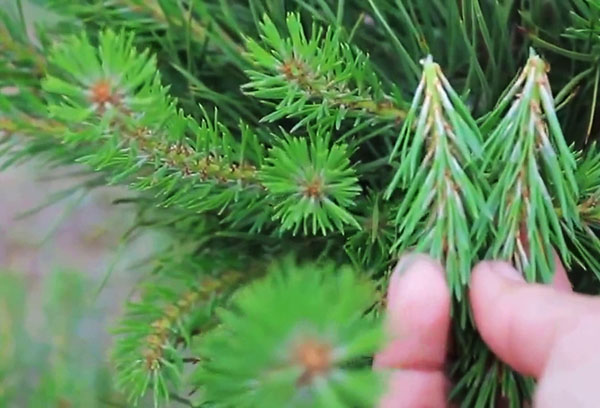
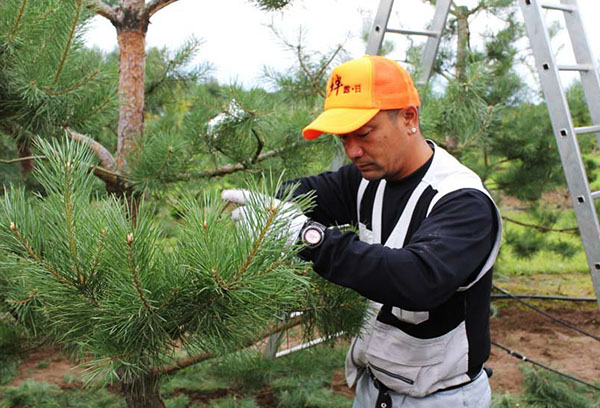
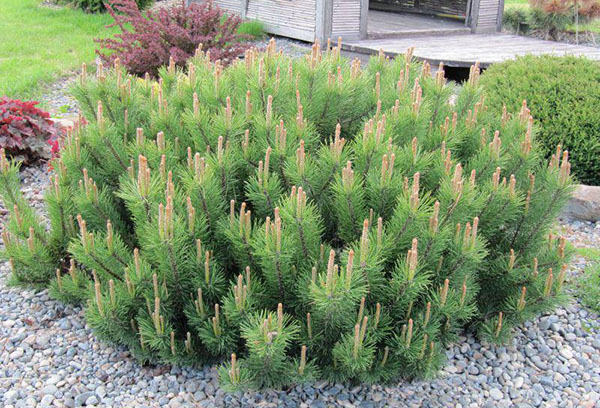
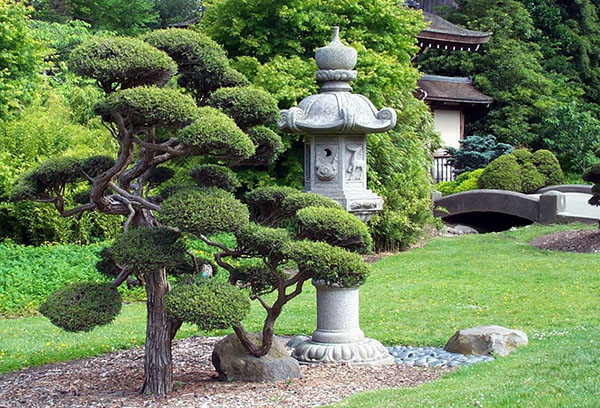
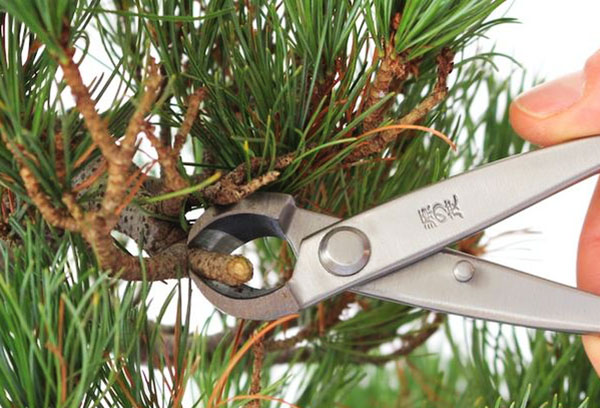
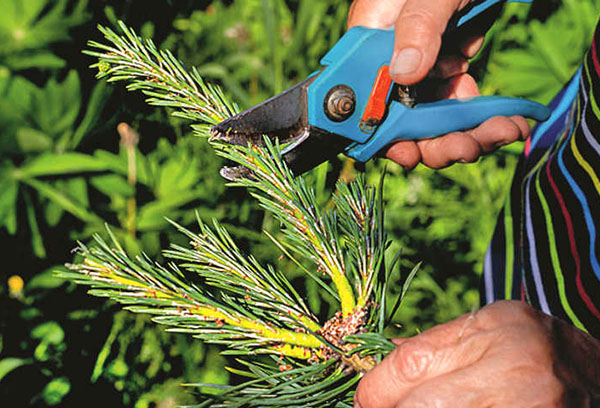
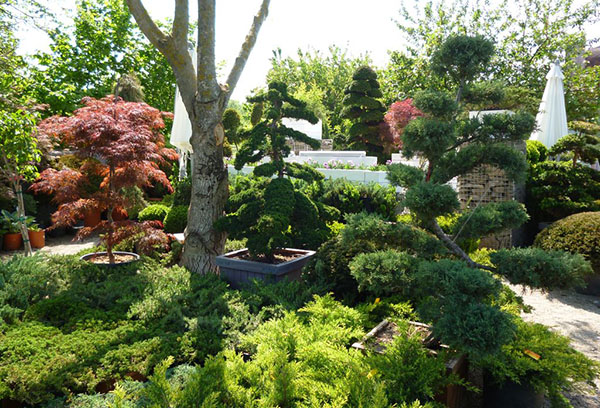
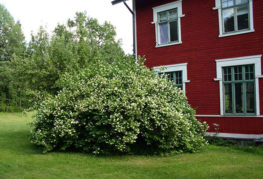
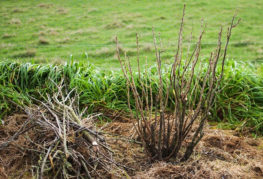
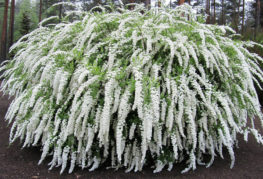
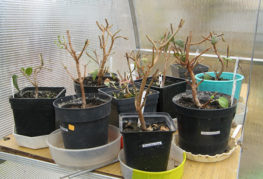

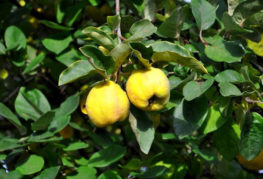
and will be published shortly.